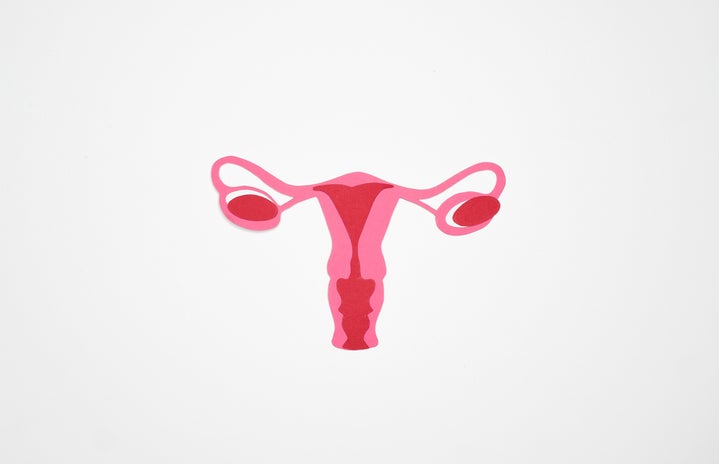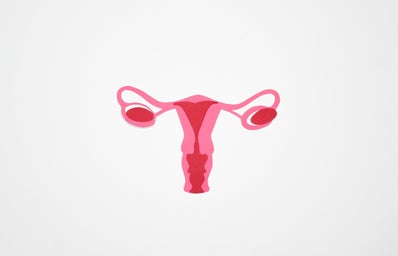Everyone knows that menstruation isn’t exactly fun and can bring on excruciating pain and mood changes, but not many are aware of the debilitating condition that’s actually linked to the menstrual cycle and masks itself as PMS. Premenstrual Dysphoric Disorder, or PMDD, is “a severe, sometimes disabling extension of premenstrual syndrome”.
There is still little research and knowledge on this condition but it is thought to be related to the body’s response to the shift in hormones that a woman experiences in her menstrual cycle. Symptoms range from those of PMS to some much more severe symptoms such as panic attacks and suicidal thoughts; a recent study preformed by BMC Women’s Health actually found that roughly 40% of those diagnosed with the condition also suffer from suicidal thoughts.
PMDD could simply be written off as PMS by those looking from the outside-in, but PMDD has its own signature characteristics relating to timing and severity which are key to a diagnosis. The timing of PMDD usually occurs during the luteal phase of a woman’s menstrual cycle which lasts roughly 2 weeks, that is, for half of the month, every month, those with PMDD feel debilitating PMS-like symptoms. In terms of severity, “approximately 3 to 9 percent of women experience premenstrual changes so severe they can’t keep up their daily routines”. With these two characteristics and a long list of symptoms, PMDD certainly stands out from PMS and is only recently gaining the attention of the medical field.
My experience with PMDD was similar to many others’. One of the hardest parts of this condition is the lack of understanding and knowledge from doctors. It took me months to get a proper diagnosis and many doctors did not and still do not know that it exists. In order to finally figure out what was wrong, I first had to see many specialists ranging from Cardiologists to Endocrinologists, until one doctor said that my symptoms sounded like PMDD, a condition they briefly worked with in another specialty.
It was only until after countless blood tests and ultrasounds that I was able to finally get recognition for my pain and begin treatment. Many doctors were quick to tell me that it was “probably depression” or “something relating to my hormones” but no one could give me an exact answer, that is, except one. I was finally able to seek treatment for PMDD and move on with my life. No longer would I have to accept my fate of debilitating pain, and no one else should have to either.


